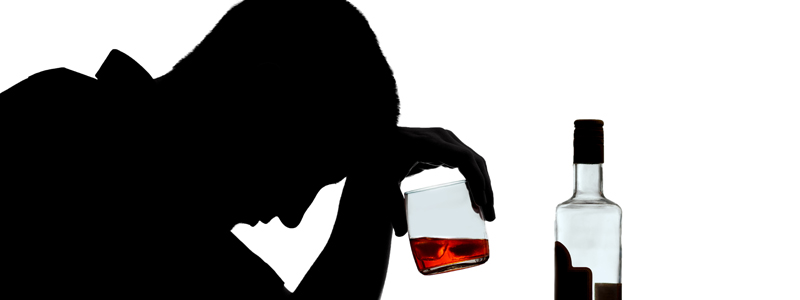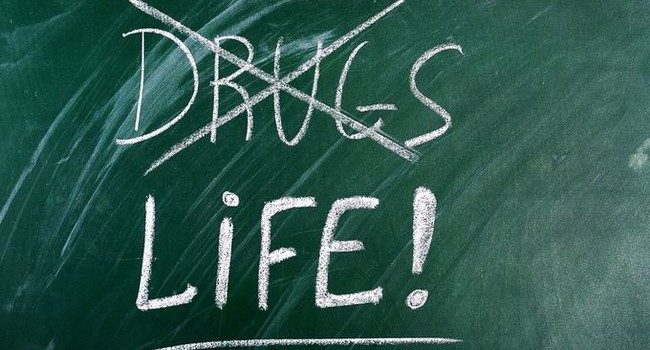When considering whether or not you have a problem with alcohol, consider the definition of alcoholism. Alcoholism is considered when having difficulty controlling one’s drinking, constantly thinking about consuming alcohol, continuing to use alcohol even when it causes problems in one’s life, needing to increase one’s consumption of alcohol in order to feel the same effects, or experiencing withdrawal symptoms when drinking has ceased.
How do you know if you might be drinking too much?
Consider these signs if think you or a loved one might have a problem with alcohol indulgence:
- Unable to limit the consumption of alcohol
- Spending an exaggerated amount of time boozing
- Unable to complete prior obligations
- Cutting back on previous activities in order to consume alcohol or needing more swigs in order to have the same effect.
- A strong need to hit the bottle and the inability to limit oneself when drinking alcohol
- Not being able to stop oneself after beginning drinking or blacking out from drinking too much
- Experiencing withdrawal symptoms when trying to stop drinking is also a sign to consider. An example may be experiencing shaking when trying to stop drinking or when you haven’t had a drink for an extended period of time.
The above are all signs that one might experience when their drinking habits become a problem.
What puts one at risk for developing an addiction to alcohol?
Consistently drinking over time. A family history of drunkenness. If someone in the family has had problems with drinking alcohol, it increases the risk of another family member developing an alcohol addiction. Also, having friends close to you who drink alcohol regularly can increase the risk of alcohol dependence. Drinking alcohol regularly with friends often increases the amount and frequency one consumes alcohol, which increases the likelihood to develop a drinking problem as well. Furthermore, there are genetic links to alcoholism. Moreover, using alcohol over time can change the biology of the brain. Alcohol stimulates the pleasure senses in the brain and over time the pleasure pathways can change creating more and more need to consume alcohol.
What effects can alcohol intoxication have on one’s life?
When one drinks, he or she has a higher likelihood of being in a car crash, especially while drinking and driving. A drop in performance in work or school can also be related to alcoholism. One who drinks regularly is also at an increased risk for legal trouble. Furthermore, those who become intoxicated are more likely to engage in risky behaviors. One could also develop liver disease, high blood pressure, sexual complications, pregnancy complications, neurological issues and even cancer. Family stress and other family issues are also often present when a family member has a drinking problem.
When can you tell if you need to seek help?
If any of the above information pertains to you or someone you know, even if they do not seem related to drinking dependence, please consider speaking to a professional. Consider your drinking habits and consider your overall health, including your physical and mental health. If you are feeling depressed, anxious or ashamed, it may be time to seek professional help. If drinking is affecting your health, either physically or mentally, seek professional counsel. If your obsession with alcohol is getting in the way of your everyday life or if family and friends are complaining about your misuse of alcohol, consider seeking professional help as well. Furthermore, if your alcohol misuse is getting in the way of your relationships, you may be abusing alcohol and need to seek help for this problem. If consuming alcohol is getting in the way of your work, it may also be time to seek aid from a professional.
What if you think you or a loved one has the symptoms of alcoholism?
Treatment is available. Outpatient counselling is an option for some, but a drug rehabilitation center is appropriate for others. Outpatient and inpatient rehabilitation centers can also help with co-existing mental health problems in addition to aiding you in the recovery of your alcohol problem. Aftercare programs are also important in order to maintain a healthy lifestyle following the initial help you receive. Spirituality is also often an important component to treating alcoholism as many believe this is strongly related to the recovery process. It also may be necessary to change other aspects of your life in order to change your drinking habits as well, such as finding new ways to do things that do not involve the need for alcohol. Treatment is easier for some and harder for others, but seeking help is the first step in the recovery process.














